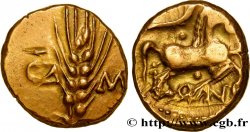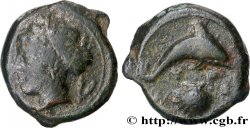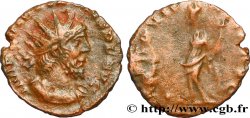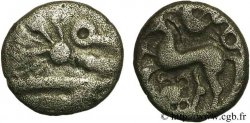fjt_1054978 - 19TH CENTURY NOTARIES (SOLICITORS AND ATTORNEYS) Notaires de Paris (Napoléon Ier), refrappe n.d.
75.00 €(Approx. 87.00$ | 66.00£)
Quantity
Add to your cart

Type : Notaires de Paris (Napoléon Ier), refrappe
Date: n.d.
Metal : silver
Diameter : 33,5 mm
Orientation dies : 12 h.
Weight : 15,70 g.
Edge : Lisse
Puncheon : main indicatrice (1845-1860) et ARGENT
Coments on the condition:
Belle patine grise hétérogène, légèrement irisée. Petite usure. Présence de quelques rayures
Catalogue references :
Obverse
Obverse legend : NAPOLEON IER EMPEREUR DES FRANC..
Obverse description : Buste à droite de Napoléon Ier signé TIOLIER F.
Reverse
Reverse legend : LEX EST QUODCUMQUE NOTAMUS ; À L'EXERGUE : NOTAIRES DU DEPARTENT DE LA SEINE.
Reverse description : Gnomon.
Reverse translation : Est Loi ce que nous consignons.
Commentary
La devise "Lex est quodcumque notamus" est une création du père Ménestrier en 1686 pour les secrétaires du roi qui ne s'en sont jamais servi. L'invention fut reprise par les notaires de Paris puis ensuite par les notaires de Province.
The motto \\\"Lex est quodcumque notamus\\\" was created by Father Ménestrier in 1686 for the king's secretaries, who never used it. The invention was taken up by the notaries of Paris and then by the provincial notaries.
The motto \\\"Lex est quodcumque notamus\\\" was created by Father Ménestrier in 1686 for the king's secretaries, who never used it. The invention was taken up by the notaries of Paris and then by the provincial notaries.








 Report a mistake
Report a mistake Print the page
Print the page Share my selection
Share my selection Ask a question
Ask a question Consign / sell
Consign / sell
 Full data
Full data















